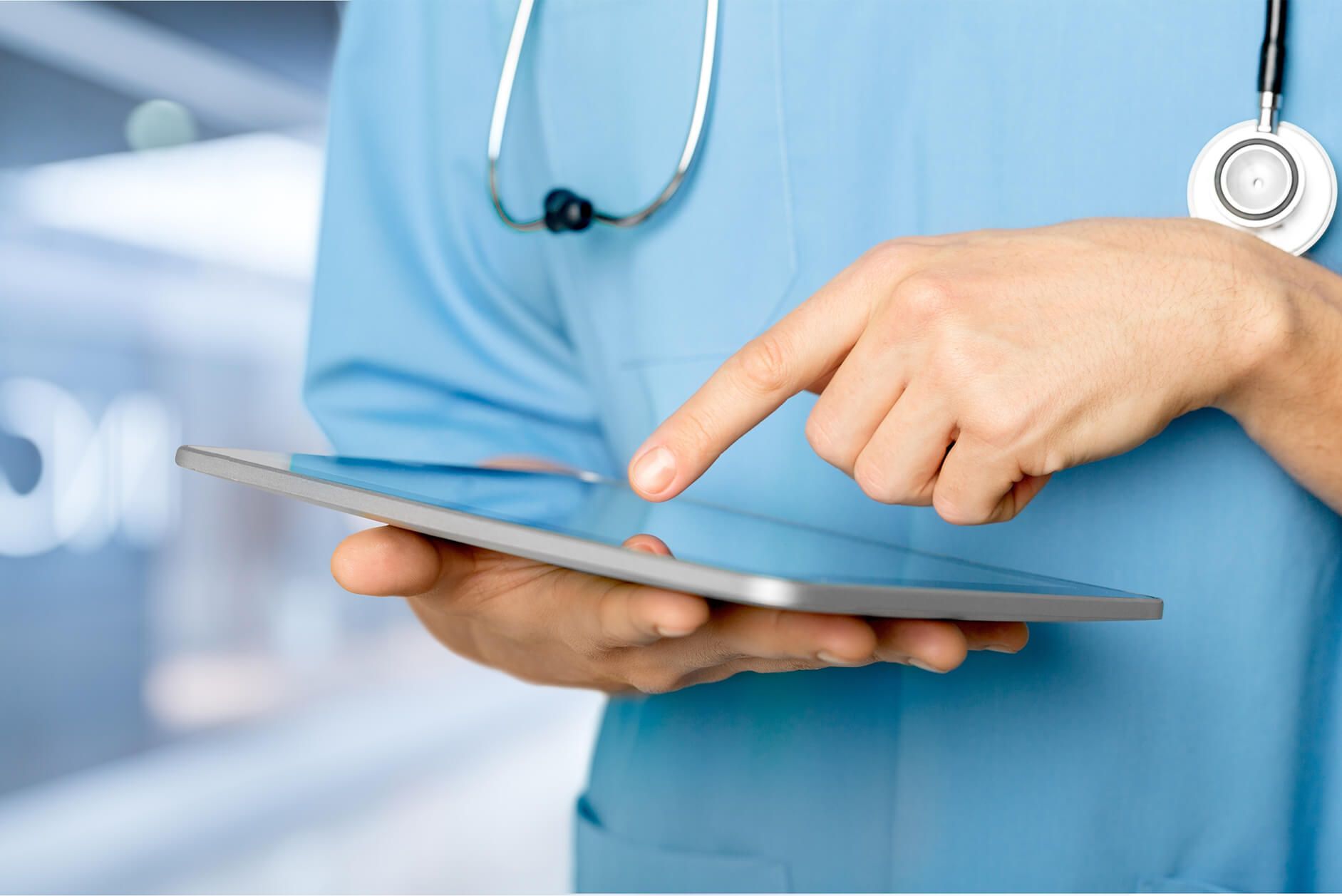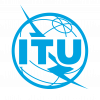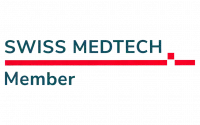BLOG
Telecom26 blog
IoT connectivity is revolutionising the healthcare industry

IoT connectivity is set to revolutionise many industries, but healthcare is already benefitting from some of the amazing innovation that IoT devices can offer. The healthcare industry is rapidly adopting IoT technologies enabling wearable monitors, remote pain care management right, asset management/security, and many other aspects of medical procedures, in order to improve accuracy, promote efficiency, reduce costs and enhance health and safety.
Remote health monitoring – or ‘telehealth’ – for example, allows medical professionals to monitor patients at home or remotely via IoT-linked devices. This is helping to significantly reduce hospital and GP visits freeing up the time of medical professionals, while benefitting patients who may have mobility challenges.
Likewise, rural clinics caring for ill patients might be continuously and seamlessly connected via a combination of private and public networks to a larger, or specialist, urban hospital, from where senior consultants can more easily monitor patients without the need for regular travel and visits to and from remote locations.
The IoT is also driving the use of wearable technologies, with a combination of private networks and mobile connectivity helping to treat and monitor patients with chronic disease. Again, this is helping to reduce travel and associated costs for the patient, while freeing up the time and resources of medical professionals.
Of course, all of these devices need to be fully managed through secure, flexible private networks, as well as offering public network connectivity to continually monitor patients even if they live in remote or rural locations, or are travelling nationally or internationally.
That’s why Telecom26 is already working with leading healthcare organisations to ensure secure, reliable connectivity, as well as off-site patient monitoring. Working with a systems integrator, Telecom26 can enable local, private networks, as well as individuals, and connect them nationally and internationally via public networks.
This can be useful, for example, in medical surveys or clinical trials, whereby data and clinical patient data can be relayed back to a central database via connected diagnostic equipment. The use of Telecom26’s SIM means that clinical data can be captured from almost anywhere, simplifying and accelerating the entire process, and allowing data to be fed quickly back into the operation of pharmaceutical companies, and their go-to-market strategies.
Put simply, our SIM merges the private and public worlds, meaning that devices and patients can be monitored within a private campus networks, for example within hospitals, as well as at rural sites, including remote IoT healthcare locations and at home. Furthermore, with public network connectivity through our SIMs it means that patients (and devices) can travel both nationally and internationally, ensuring continuous connectivity regardless of location.
Telecom26 is one of the few providers that can bridge the gap between public and private networks, allowing systems integrators to deploy comprehensive connectivity that’s optimised for performance and security. Security is built into the fabric of our networks, ensuring zero points of vulnerability.
Our connectivity technologies can be combined to suit your precise requirements with private connectivity to our mobile core, inbound roaming for private networks, public network access throughout the world, and with permission-based routing and access control.



